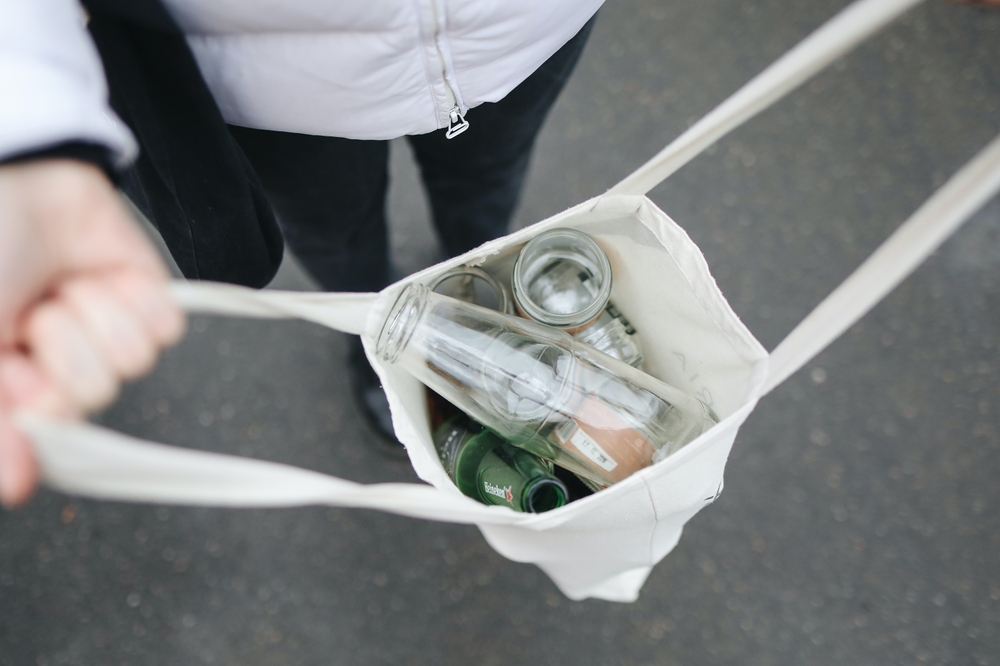I grew up recycling, and for many years, I believed that it made me very eco-friendly. What I didn’t realize until I was older was that while recycling is a good practice, it is on the lower end of the impact scale, with other activities having a much larger influence on the well-being of the planet. One area where I’ve personally been focused over the past few years is shopping more sustainably, and in that I’m not alone. According to one survey, 59% of consumers in the US prefer to shop for sustainable brands.
Survey data also shows that shoppers are open to spending more on eco-friendly products. Data has shown an increase in willingness to spend more on sustainable products across all generations, although a recession could impact these results. Younger generations are the most willing to pay more on these items, and even though they may not have as much spending power currently, by 2030, Gen Z will represent 27% of the world’s income, surpassing millennials by 2031.
We see this trend in online engagement, too. A Meta study showed that posts about sustainability from e-commerce brands received 7.7x more interactions than other content posted by those brands. Social post hashtags with a sustainability focus are seeing more engagement as well, at times up to 11.8x the average topic.
For retailers looking for ideas to increase sales while also making a positive impact on the planet (or at least lessening a negative impact), here are some suggestions on how to work towards becoming a more environmentally sustainable business:
- Think about packaging. Opt for packaging that replaces or reduces plastic, additional pieces (for example, twist-ties), or is recyclable or repurposable.
- Consider a resale, trade-in, or repair program. Sell (at a discount) or donate gently-used returned pieces, allow customers to trade in items for a credit or discount, or offer repairs on products.
- Upcycle unused materials into other items and expand your product line.
- Evaluate supply chain partners. Look for those with ethical practices regarding people and the planet.
- Get certified in programs in line with environmental goals, such as B Corp and Climate Neutral.
- Donate to organizations working to make the world a better place.
- Provide transparency into where you’re going, how you’re going to get there, and your goal date.
A motto that has become a favorite of mine during this journey is “progress over perfection.” Little changes can add up, so don’t put off making changes until everything is perfect. It’s worth it to start taking steps now.
